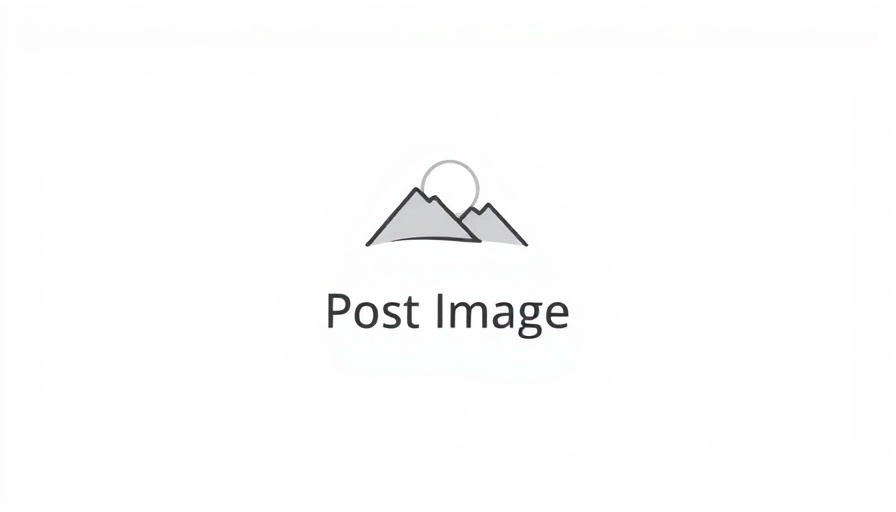
The Ambitious Migration of Jira’s Database to AWS Aurora
In a bold technical venture, Atlassian has embarked on migrating four million Jira databases to AWS Aurora—a feat completed at scale and with minimal disruption for users. This operation emphasizes their commitment to reliability, performance, and cost efficiency. But how exactly did they pull this off without users even noticing?
The Unique Database Architecture of Jira
Atlassian’s choice to maintain a one-database-per-tenant architecture is not without its complexities. Each Jira tenant, from individuals to corporations, relies on their isolated databases for maximal operational control and security. This setup helped them efficiently manage over four million databases distributed across approximately 3,000 PostgreSQL servers worldwide.
The Strategy Behind the Migration
To handle daily maintenance, Atlassian has routinely migrated around one thousand databases with ease. Their strategy involved two methods based on database size: smaller databases utilizing quick backups and restorations, while larger databases relied on logical replication—allowing for continuous operation during migration.
Enhancing Performance Through AWS Aurora
In late 2023, they began replatforming their remaining databases to Aurora PostgreSQL, which offers significant advantages over their previous configuration. Unlike RDS, Aurora allows them to access multiple instances simultaneously, doubling their processing potential and improving overall database performance.
What This Means for the Future
The migration to AWS Aurora is not just about technology; it’s an indication of Atlassian’s forward-thinking philosophy. By enhancing their database framework’s reliability (with 99.99% SLA) and elasticity during peak loads through automatic scaling capabilities, Atlassian sets a new standard for agile database solutions.
Overall, this migration theme resonates with many agile methodologies—where continuous improvement and responsiveness to change are vital. With this move, Atlassian not only reinforces its leadership position but also offers valuable insights for organizations aiming to innovate while ensuring system stability.
 Add Row
Add Row  Add
Add 




Write A Comment